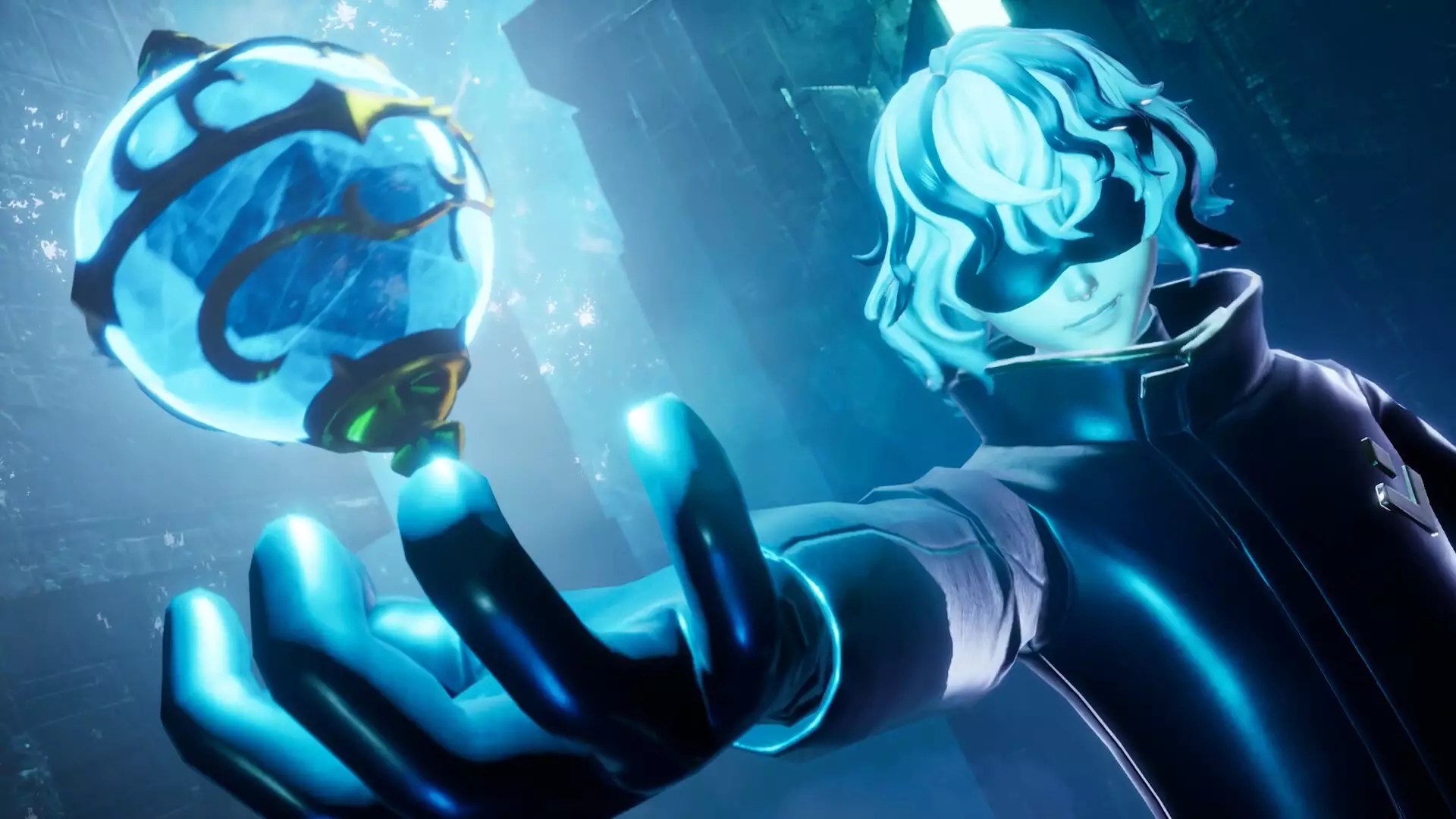In the digital age, where players immerse themselves in vast virtual worlds, a hidden truth lurks beneath the surface: game development is a complex, labor-intensive endeavor. While players often flex their impatience at the apparent lack of new content, games like *Helldivers 2* and *Palworld* expose a critical misunderstanding among fans regarding the development process. The booming gaming industry has cultivated an expectation of immediate gratification, leading many to gloss over the monumental effort that goes into creating and updating their beloved titles.
John Buckley, the community manager for *Palworld*, has expressed concern over the unrealistic expectations players have. He argues that while enthusiastic players eagerly anticipate new content, the timelines required for development are grossly underestimated. This disconnect between player anticipation and the realities of development leads to frustration for both the creators and the community. The demand for rapid updates, often inspired by the continuous evolution of titans like *Fortnite* and *Call of Duty*, fails to account for the smaller scale of teams working on innovations in games like *Palworld*.
The Reality of Timelines in Game Development
To truly understand game creation, one must grasp the intricate timelines involved. Creating a substantial update or new content can take months or even years of meticulous planning and execution. Buckley highlighted the production timeline for a new island in *Palworld*, which can span up to six months. This reality starkly contrasts with the immediate feedback players often express. As avid gamers demand new experiences, they tend to overlook the thorough testing and development phases that ensure quality and gameplay integrity.
Moreover, this misunderstanding can lead to a toxic environment, where developers face backlash for not meeting expectations. It’s important to note that while larger game franchises might boast expansive teams and resources, smaller studios are often limited to tighter budgets and smaller staffs. This reality necessitates more extended periods for content generation, yet the players, fueled by the rapid pace of mainstream titles, grow restless.
The Creative Complexity of Game Design
Expanding on the dissonance between player expectations and developer realities, Johan Pilestedt, creative lead for *Helldivers 2*, sheds light on the deeper intricacies of game design. Unlike film, where an actor simply delivers lines directed by a filmmaker, gaming requires crafting each character from scratch. Every element needs finesse, from character animation to narrative design. Pilestedt illustrates that players may suggest changes or features, believing them to be simple adjustments, but the cascading effects of each modification can exponentially complicate the development process.
These changes can have far-reaching implications—not only does a new character or feature potentially disrupt game balance, but it also challenges existing systems and may even trigger the need for broad updates to ensure coherence in gameplay mechanics. This complexity makes rapid iterations near impossible, demystifying the notion that developers can easily just “add more.”
Building a Culture of Understanding and Patience
This perplexing dynamic between developers and the gaming community begs for a cultural shift. As players become more vocal about their desires for immediate content, it is equally vital for them to foster patience and appreciation for the creative delays that contribute to their favorite titles. A greater dialogue around what goes into game updates can help mitigate frustration and build empathy within the community.
Encouraging narratives about the lengthy development processes can serve to bridge this gap. Developers should engage in transparent conversations, perhaps through regular updates that not only outline planned content but also educate the audience on the journey toward completing those updates. By creating a bond of understanding rather than one of impatience, both developers and players can enjoy a more harmonious relationship centered around shared passion and respect for the craft.
By championing a culture of understanding, the gaming community can evolve into one that not only celebrates innovation but also acknowledges the immense effort and time required to bring creative visions to life.


Leave a Reply